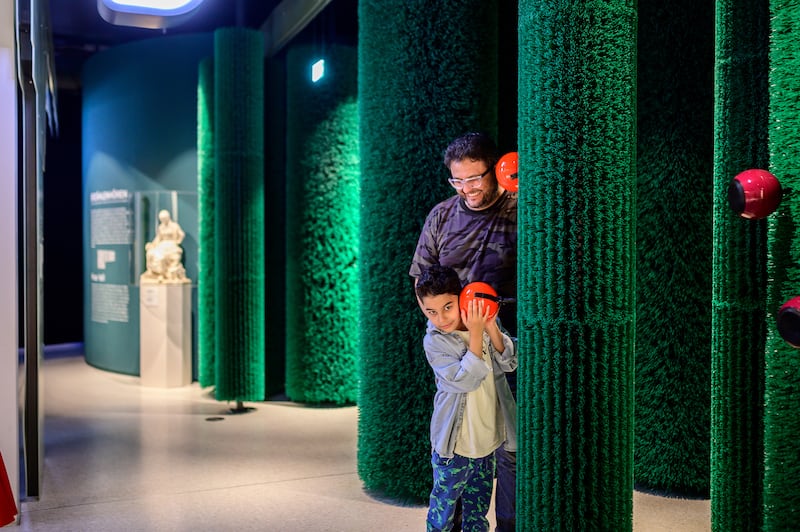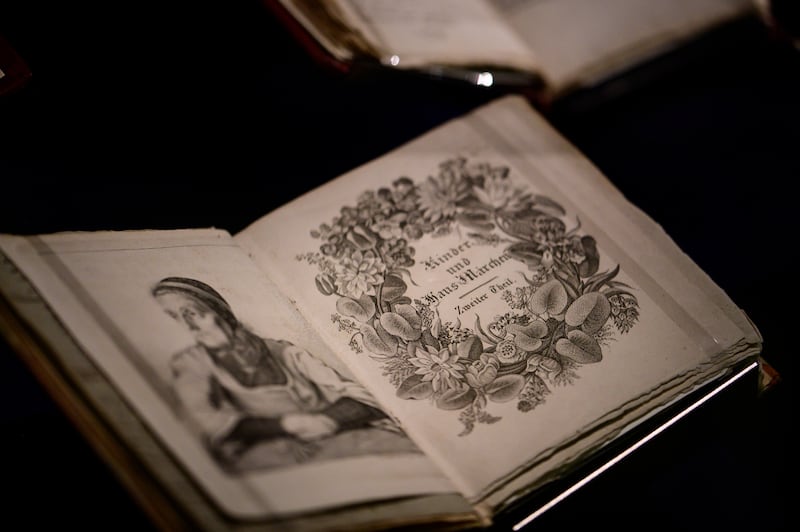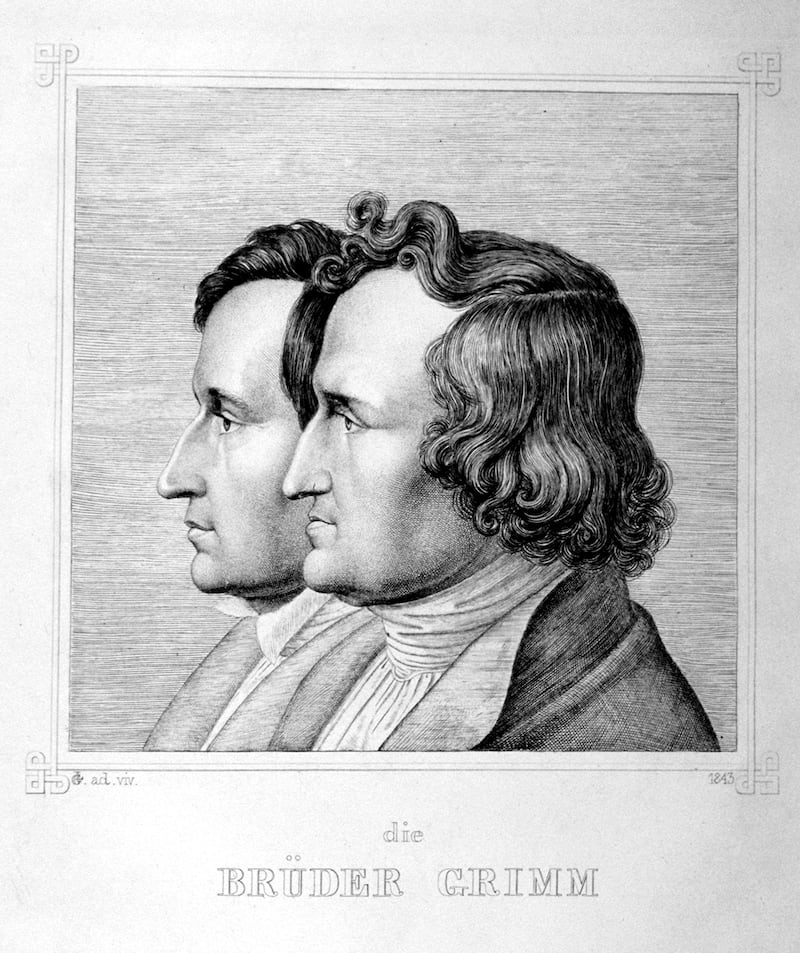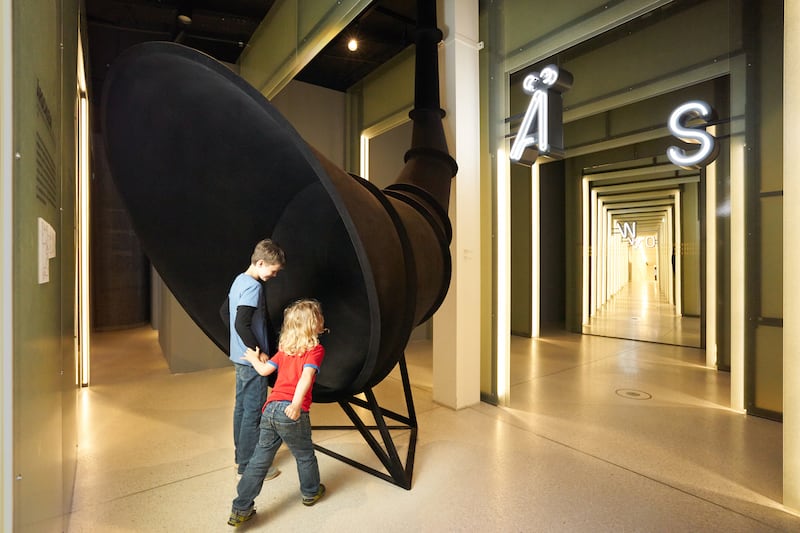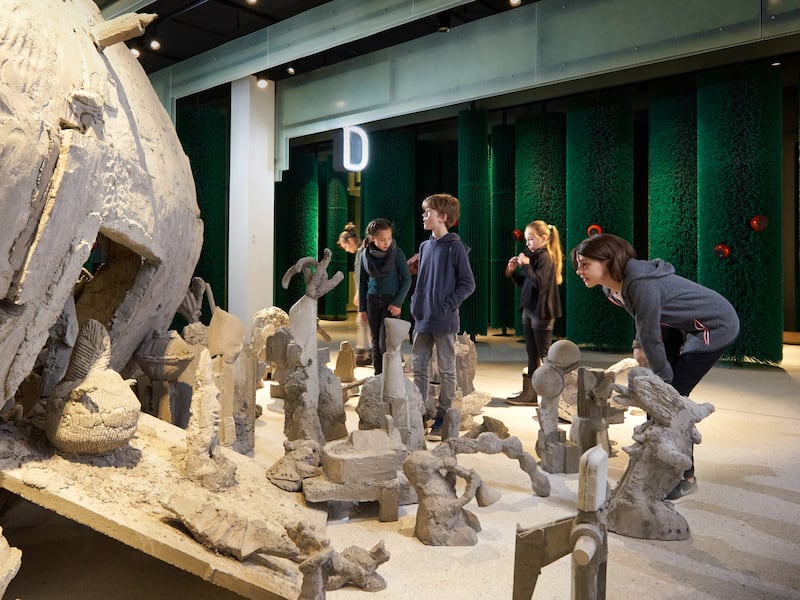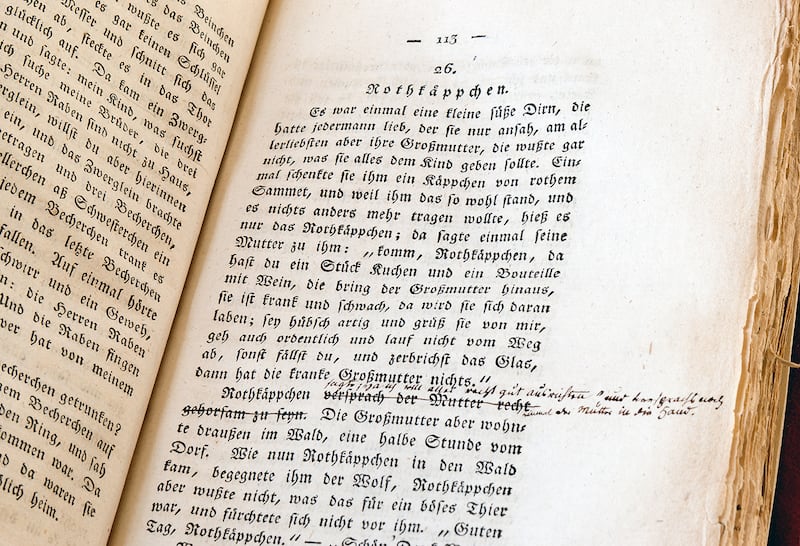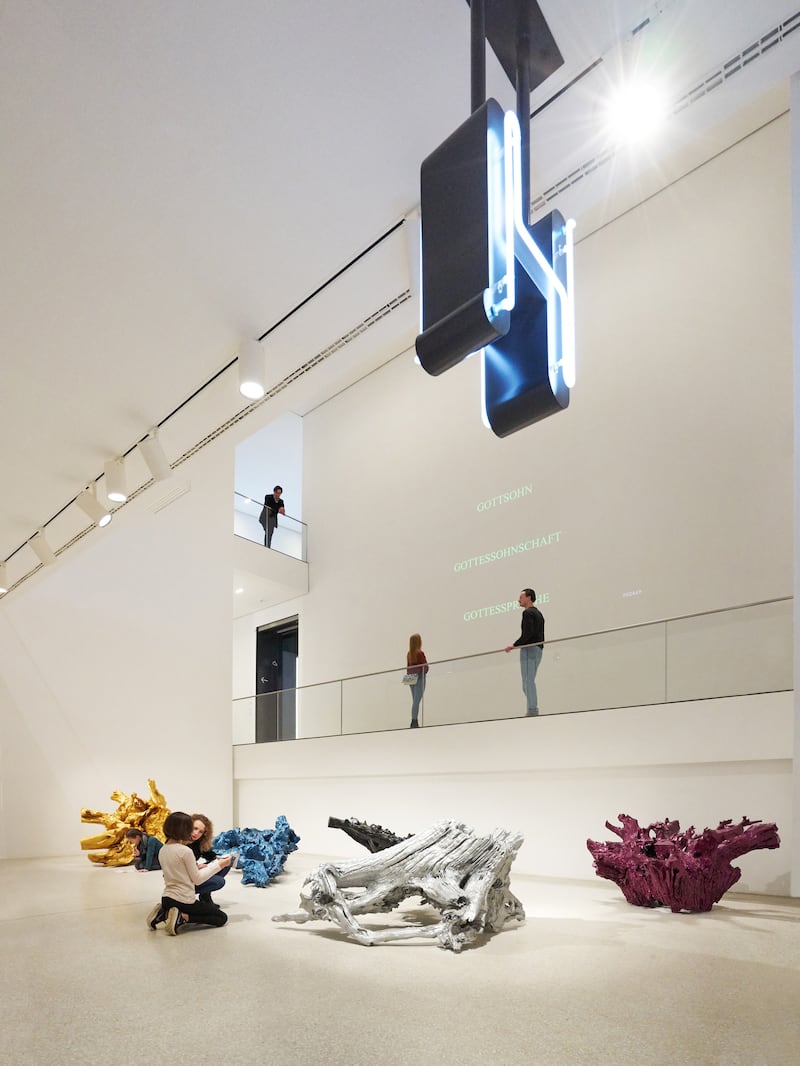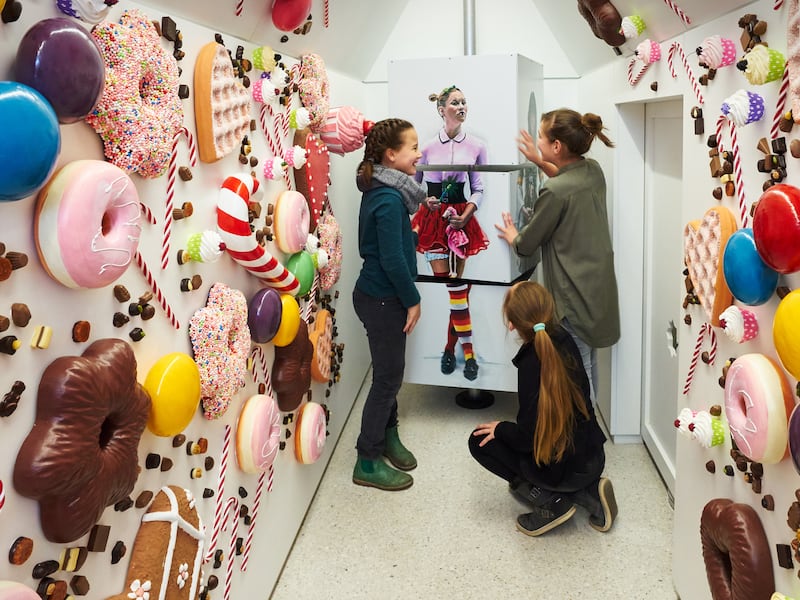Some of the most universally beloved stories live within the repertoire of the Grimm brothers' fairy tales. Today available in 160 languages and dialects, they are the most-read German books after Luther’s Bible.
Every summer, literature lovers flock to Germany from across the world to explore the storied nooks and crannies of the Fairy Tale Route – a 600km trail running from the Grimm brothers' birthplace of Hanau, close to Frankfurt, all the way north to Bremen, a Unesco World Heritage site near Hamburg.
Ever since April 11, 1975, when representatives of around 40 towns and communities joined forces, the region has served as a pilgrimage for fairy tale lovers. Its trails wind past the towns that inspired the locations where Red Riding Hood walked, Puss in Boots lived, King Thrushbeard reigned and where Rapunzel let down her hair.
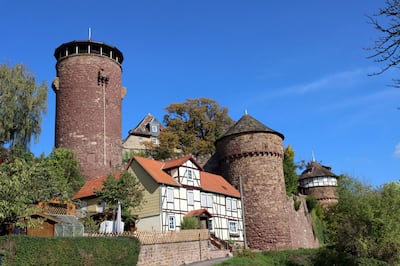
Among the various stops along the route is Hamelin, where the Pied Piper lived. Today, an American former soldier called Michael Boyer conducts tours dressed as the infamous character – a role he has cherished since 1994.
Visitors can also see the extant home of the Brothers Grimm in Steinau and Rapunzel’s home of Trendelburg Castle in Reinhardswald forest, along with various other landmarks.
However, perhaps the anchor point for the trail is the Grimmwelt, or “Grimm World”, museum dedicated to the Grimm brothers: Jacob and Wilhelm. The institution was founded in 2015 in Kassel, a small city in northern Germany where the brothers lived for more than 30 years – a time that Jacob Grimm called his happiest years.
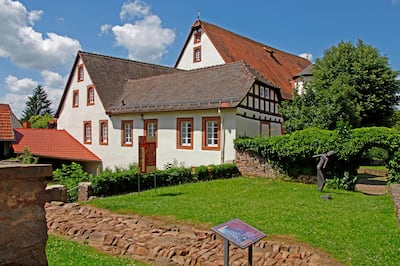
The Grimm brothers were two of nine siblings in a family with eight brothers and one sister. When their mother Dorothea died at 52, Jacob had to take up a position as a librarian at Kassel to support the family, and Wilhelm joined soon after.
Jan Sauerwald, director and head of programmes at Grimmwelt Kassel, says the brothers’ work at Kassel as linguists had a major impact on Germany beyond their fairy tales. “Jacob and Wilhelm Grimm studied and researched on the roots and background of the German language their whole life and published a lot on that matter. Both were also involved in important political movements in Germany,” Sauerwald adds.
Most famously, the brothers Grimm collected fairy tales and adapted them slightly by changing places, characters and settings. The tales were first published in 1812, as volume one of Kinder-und Hausmarchen (Children and Household Tales), commonly known as Grimms' Fairy Tales, an unpretentious book containing 86 numbered stories.

The Grimm brothers revised and republished the collection in 1825, with the so-called Small Edition, complete with seven copperplate engravings by the “Painting Brother” Ludwig Emil Grimm, who studied art. Sauerwald explains: “The Grimm brothers selected only about 50 stories from the collection of 200 and added illustrations. The size of the book was reduced, making it more suitable for children.”
The museum is the world’s largest and most modern exhibition devoted to the life and works of the brothers Grimm. One section is dedicated to their work as linguists, with their contributions explored through rare works, artistic installations and multimedia displays. Among the installations is a piece created by Chinese artist Ai Weiwei, called Holzwurzel (Wooden root) – named after Jacob and Wilhelm Grimm's reference to their research as “getting to the root of things”.
Spanning 20 collections, the museum also houses some letters and household effects of the Grimm family, which include drawings, graphics, silhouettes, sculptures and paintings. Among the exhibitions is a showcase of graphic works by the Grimm brother Ludwig Emil, as well as historical and contemporary fairy tale illustrations.
Throughout the museum, visitors cannot just learn more about the works and lives of the brothers Grimm, but immerse themselves in them; sitting at the Seven Dwarves’ table, or talking to an enchanted mirror. In one section, visitors can listen to the sounds of the forest, drawing them into Snow White's thorny maze; in another they can exchange insults with historic Germany through a large device.
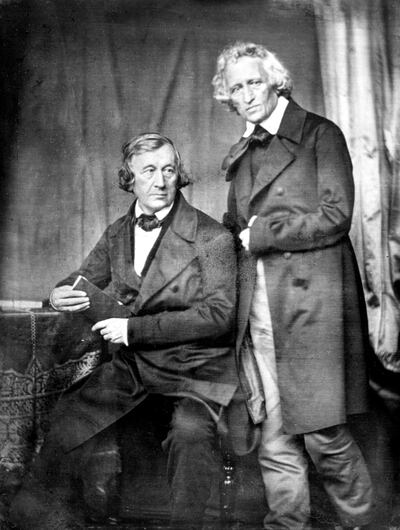
It also hosts regular activities. On August 3, a five-hour workshop offer a glimpse into lesser-known Grimm fairy tales by the brothers Grimm, and how they deal with the themes of law, justice and punishment. Meanwhile, a new exhibition opening on September 29 will look at how fairy tales deal with morality.
Wolfgang Schmelzer, a guide at the museum, says morality has always been at the heart of fairy tales, which are essentially fables. “The stories always cautioned children against bad behaviour and the consequences,” he says.
The museum’s lower floor explores family frameworks, and the conflicts that emerge between parents and children across fairy tales. For example, Little Red Riding Hood is a about a girl who ignores her parent’s warnings, and is eaten by a wolf as a result.
“But what’s important to know is that Jacob and Wilhelm Grimm did not see fairy tales as stories just for children, but for adults too.” This, he adds, is why the first volume of their works was called Children and Household Tales.
Of course, the illustrations are also explored in great depth. Starting with Ludwig’s artistic contributions, visuals became a crucial part of the Grimm repertoire – later embellished by British artists such as George Cruikshank, Walter Crane and Arthur Rackham, as well as in Germany by the likes of Otto Ubbelohde and Ruth Koser-Michaels.
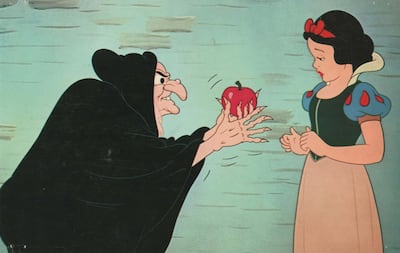
Popular illustrations have also been produced by contemporary artists such as David Hockney and children's book illustrators such as Maurice Sendak. While the first edition was published in 1812 and 1815 in two volumes, the popularity of the fairy tales ensured that additional editions continued being published until 1857.
However, the Grimm tales remain widely enjoyed to this day, with even modern generations familiar with the stories of Little Red Riding Hood, Rapunzel, Cinderella, Snow White, Hansel and Gretel, The Bremen Musicians and Rumpelstiltskin.
“Some of these fairy tales are still internationally popular thanks to Walt Disney's film adaptations,” adds Sauerwald.
“In Germany, the more colourfully written, less violent stories with strong characters and a rich plot are still part of our bedtime reading rituals for children, which keeps these stories in our collective memory.”
Those hoping to find out more about Grimmwelt’s upcoming activities can visit grimmwelt.de
